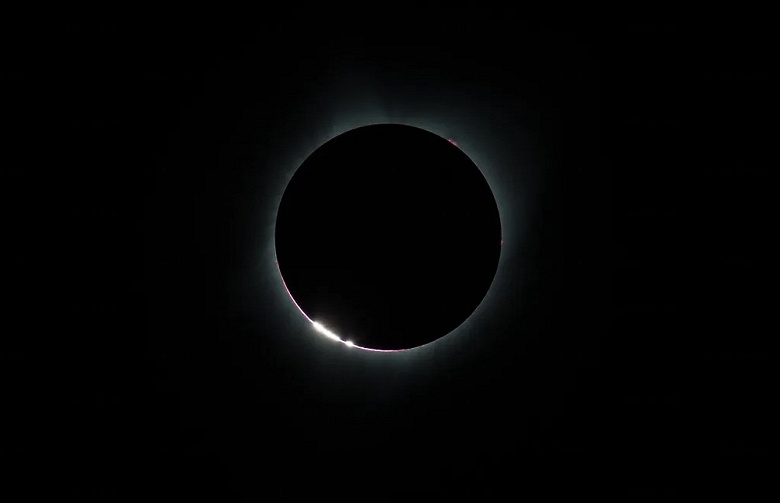Scientists will have a unique opportunity until 2044 to explore the upper layers of the Earth's atmosphere
NASA is preparing to launch three sounding rockets during the upcoming solar eclipse on April 8, 2024. Mission «Atmospheric disturbances of the eclipse trajectory» (APEP) aims to uncover the mysteries surrounding the response of Earth's upper atmosphere to temporary dimming of sunlight.
Led by engineering physics professor Aroh Barjatya of Embry-Riddle Aeronautical University in Florida, APEP sounding rockets will be launched from NASA's Wallops, Virginia, facility. These rockets were repaired and upgraded after a successful mission during the October 2023 solar eclipse.
The APEP mission is of great importance for understanding the disturbances occurring in the ionosphere — region of the earth's atmosphere located at an altitude of 90 to 500 kilometers. The ionosphere plays an important role in the reflection and refraction of radio signals, thereby affecting satellite communications.
During the April 8 eclipse, APEP probes will be launched at three strategic intervals: 45 minutes before, during, and 45 minutes after the peak of the eclipse. These intervals are calculated to provide complete data on how the disappearance of the Sun affects the ionosphere and can cause communication failures.
Each of the three rockets is expected to reach a maximum altitude of 420 kilometers and will be equipped to measure the density of charged and neutral particles, as well as the surrounding electric and magnetic fields. In addition, to improve data collection, four devices the size of a two-liter bottle will be released from each rocket.
Through collaborations with various research institutions in the United States, the APEP mission will take a multifaceted approach to studying ionospheric dynamics. Teams from Embry-Riddle, Haystack Observatory, MIT and the Air Force Research Laboratory will deploy high-altitude balloons and use ground-based radars to complement data from sounding rockets.
«When APEP rockets were launched during the 2023 annular solar eclipse, we observed significant disturbances in the ionosphere, affecting radio communications», — noted Barjatya. «We are going to launch them during the upcoming total eclipse to study these phenomena in more depth».
With the next total solar eclipse over the contiguous United States not until 2044, the APEP mission provides scientists with a rare opportunity to obtain critical data to help better understand Earth's upper atmosphere.

